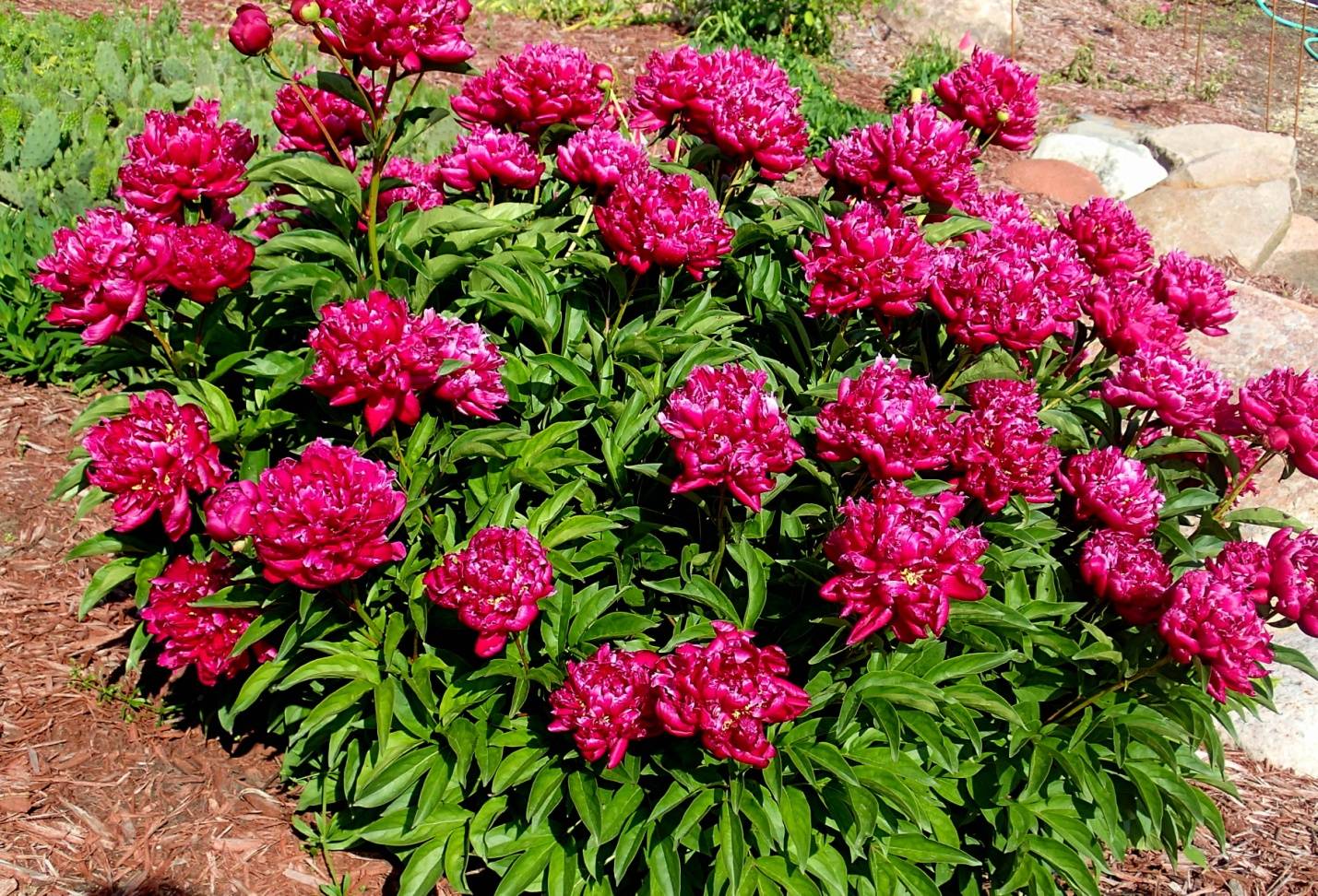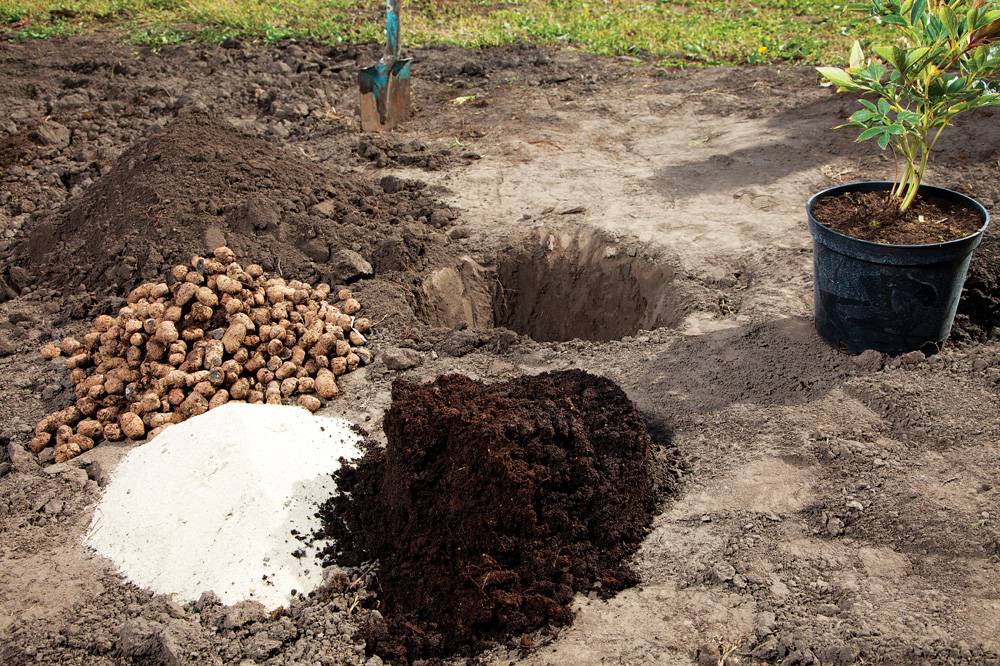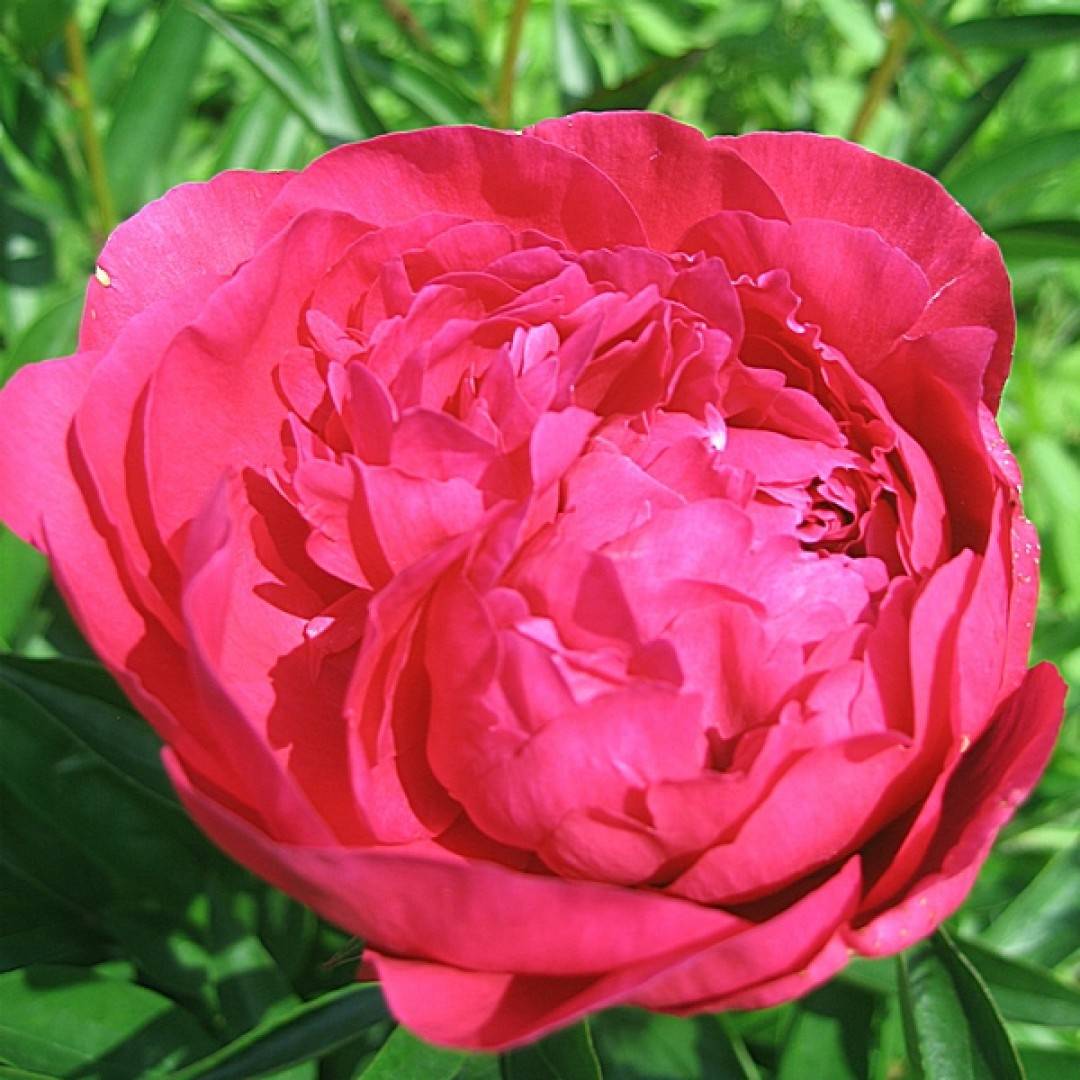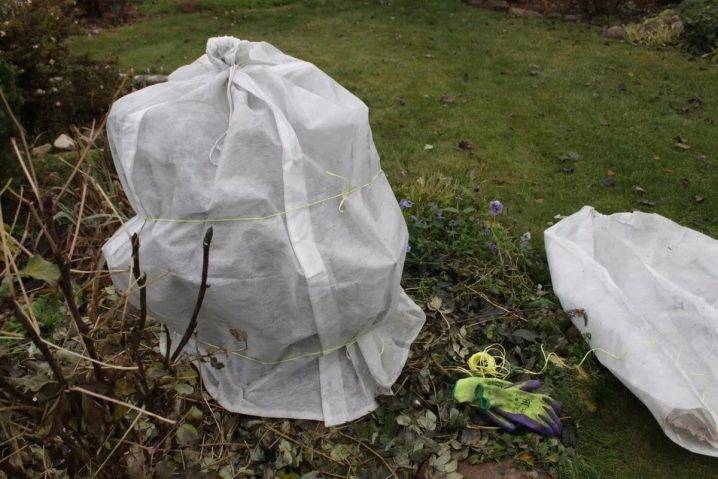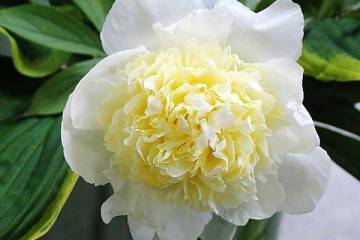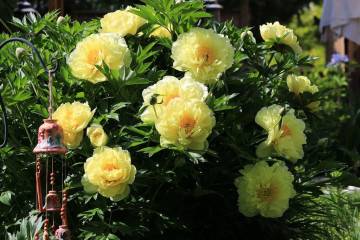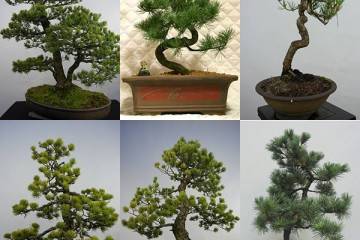Peony Kansas (Paeonia Kansas) - growing in the garden
Content:
Peonies are one of the few garden flowers that can match the beauty of roses. These plants are popular with most flower growers for their bright and lush appearance. They are often used for landscape design. Among all representatives of the species, the Kansas lacto-flowered peony is especially distinguished.
Paeonia Kansas (peony Kansas): description, history of creation
The Kansas peony is a herbaceous shrub. It can reach up to 1 m in height, and its double buds grow up to 20 cm in diameter. Kansas begins to bloom in late spring. Peonies of this species are perennials and can grow in one place for 20 years. The undoubted advantage of the variety is its high frost resistance. It tolerates cold temperatures down to -30 ° C, but young specimens need shelter for the winter.
The Kansas herb peony is widely used in landscape design. It is grown in groups with other plants or single bushes. Since the variety retains its decorative appearance for a long time after cutting, it is used to create bouquets.
Growing a flower: how to plant it in open ground
Although Kansas is a rather unpretentious plant, its further development will depend on the correct planting in open ground.
The most commonly used propagation method is by root cuttings. When properly planted, the plant will bloom in just two years.
First of all, it is necessary to prepare the planting material in advance. For this, in the fall, seedlings are selected from a 3-4-year-old bush. They must have at least two internodes.
Landing dates
It is best to plant cuttings in September. In some cases, this can be done in the spring. In this case, the seedling is placed in a pot or glass jar before the onset of warm days.
It is recommended to transplant a plant from a container into open ground when the air warms up to 10 ° C.
Seat selection
What place is chosen for planting will affect the growth and flowering of the bush. A peony requires a sunny or partial shade area. In the shade, it will grow, but not bloom.
Soil preparation
For planting, it is better to choose loamy soil rich in nutrients. Before starting the procedure, a hole is dug with a depth of at least 60 cm.A drainage layer is lined at its bottom, and a substrate is laid on top, consisting of several components:
- humus;
- superphosphate;
- potassium sulfate.
Fertile soil is also added here, everything is thoroughly mixed and left for several days.
Landing procedure
Planting a seedling in the hole is done step by step:
- Carefully, so as not to damage the root system, the seedling is placed in the hole.
- The cutting is deepened so that the root collar protrudes 3 cm above the ground.
- The hole is covered with soil and watered.
Seed planting
On rare occasions, Kansas reproduces by seed. This method is mainly used by breeders. Peonies have a high germination rate, but they will begin to bloom no earlier than 4 years later, so gardeners prefer cuttings.
Plant care
Since Kansas is an unpretentious variety, caring for it consists in proper watering, fertilization, protection from diseases and pests, and mulching.
Watering and feeding
The plant prefers moderate moisture. Over-watering can harm it more than drought. On average, it is necessary to moisten the bush once every 10 days. During the onset of the flowering period, the amount of watering increases.
For the entire growing season, the peony must be fed twice. The first time this is done at the beginning of the season, using organic fertilizers. The second time, before the inflorescences begin to form, they are fed with mineral compounds. It is best to perform the procedure in the evening.
Mulching and loosening
To keep the nutrients in the soil as long as possible, it is recommended to cover the root zone with a layer of mulch. The main thing is to constantly monitor that mushroom spores do not appear in it.
When the peonies stop blooming, the soil is loosened and weeds are removed. Sometimes these works are combined with top dressing.
Preventive treatment
To protect the plant from the influence of diseases and pests, it must be regularly processed for preventive purposes. To do this, the bush is sprayed with solutions of fungicides and insecticides. If you do not carry out preventive treatment, then the flower can be seriously damaged.
Peony Blossom Kansas
Peony buds form at the tops of the shoots from May to June. As a rule, they wither by mid-July, and the plant begins to prepare for the dormant period. During flowering, Kansas does not need any special care other than regular watering. You do not need to fertilize the bush during this period.
Once flowering is complete, all buds should be removed and the bushes should be fed after a few days. The peony is watered abundantly throughout the week, since it is during this period that buds are formed for the next year. Reduce watering when the plant begins to turn yellow.
In some cases, the Kansas peony may not bloom. Almost always, this is due to the incorrectly chosen planting site, soil, moisture and feeding regime. You need to determine the cause of the problem and fix it as soon as possible. If everything is done correctly, then the next year the peony will bloom.
Peonies after flowering
When the flowering stage is completed, it is necessary to perform a set of measures to prepare the bush for winter.
The transplant is not a mandatory procedure. After flowering, it should be done if the plant has any problems. To do this, it is carefully removed from the ground, the roots are cleaned from the clod of earth and allowed to dry out a little. After that, you can transfer to a new location.
After that, the last stage of preparation for winter begins. Ammonium nitrate or organic fertilizers are applied under the bush. Then the plant is covered with a layer of mulch. Although Kansas is highly frost-resistant, it will not be superfluous to cover it with any woven material. With the onset of spring, it can be removed.
Diseases and pests
The plant is highly immune to disease.With improper care, he can be afraid of gray rot or powdery mildew. Fungicides should be used to treat the bush.
Of the pests for Kansas, the nematode is the most dangerous. If it is not detected in time, the plant may die. Therefore, it is recommended to regularly treat it with insecticides.
Gardeners loved this peony. The Kansas variety has several advantages over other varieties. It is unpretentious to grow and care for, and its bright, lush flowers can decorate any garden area.
